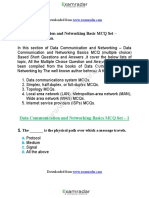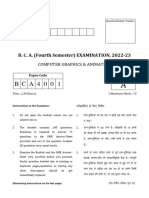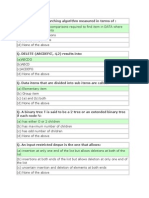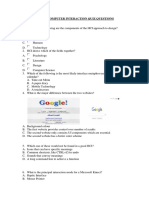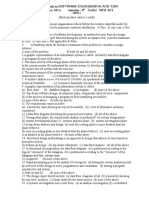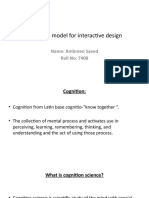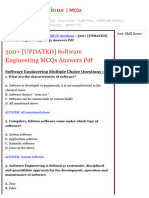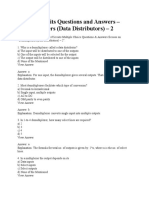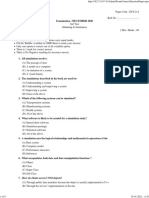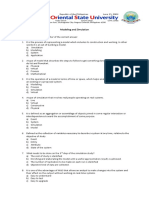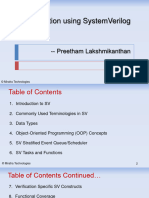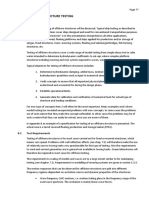0% found this document useful (0 votes)
157 views11 pagesModeling and Simulation MCQ
The document consists of multiple-choice questions (MCQs) related to modeling and simulation, covering topics such as the purpose of simulations, types of simulations, conceptual modeling, and the life cycle of modeling and simulation processes. Key concepts include the importance of abstraction, verification, and validation in simulations, as well as the roles of different simulation types like discrete-event and agent-based simulations. The document serves as a study guide or assessment tool for understanding fundamental principles in modeling and simulation.
Uploaded by
gokisih298Copyright
© © All Rights Reserved
We take content rights seriously. If you suspect this is your content, claim it here.
Available Formats
Download as PDF, TXT or read online on Scribd
0% found this document useful (0 votes)
157 views11 pagesModeling and Simulation MCQ
The document consists of multiple-choice questions (MCQs) related to modeling and simulation, covering topics such as the purpose of simulations, types of simulations, conceptual modeling, and the life cycle of modeling and simulation processes. Key concepts include the importance of abstraction, verification, and validation in simulations, as well as the roles of different simulation types like discrete-event and agent-based simulations. The document serves as a study guide or assessment tool for understanding fundamental principles in modeling and simulation.
Uploaded by
gokisih298Copyright
© © All Rights Reserved
We take content rights seriously. If you suspect this is your content, claim it here.
Available Formats
Download as PDF, TXT or read online on Scribd
/ 11






